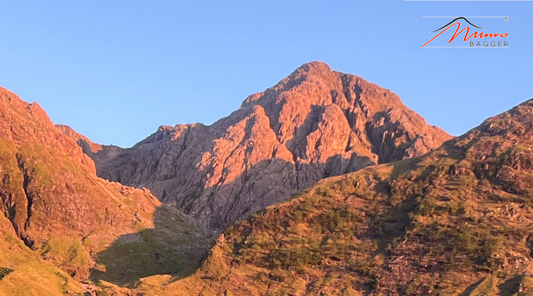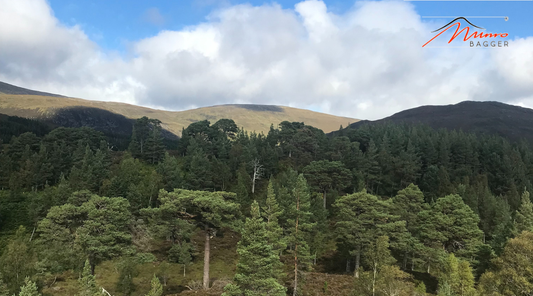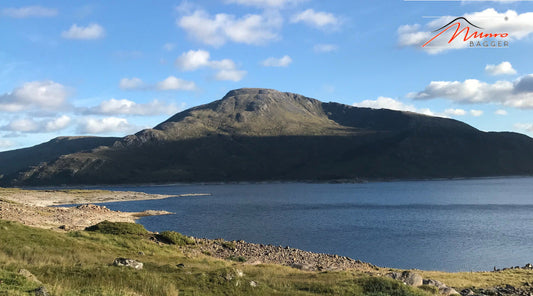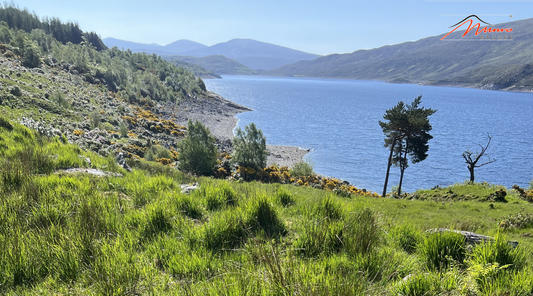What Equipment Will I Need To Go Munro Bagging In Scotland?
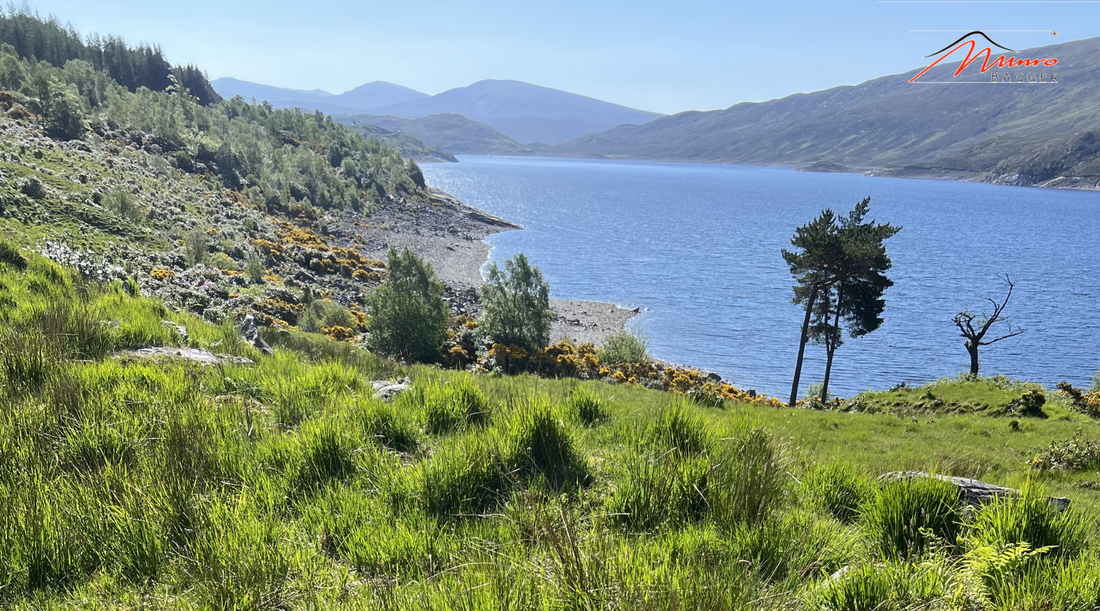
Scotland’s rugged highlands are home to some of the most iconic and exhilarating hiking experiences in the world, and none are more revered than the mighty Munros. These are mountains in Scotland that rise above 3,000 feet, and with 282 of them scattered across the country, they offer both seasoned hikers and curious beginners a lifetime of adventure. At Munro Bagger, we’re passionate about helping outdoor enthusiasts explore these peaks safely and confidently. But before you lace up your boots and head for the hills, it’s vital to understand exactly what gear and equipment you’ll need to make the most of your journey.
Heading into the Scottish Highlands isn’t like a casual Sunday stroll in the park. The weather is famously changeable, and the terrain can be harsh, remote, and demanding. Whether you’re tackling your first Munro or well on your way to completing all 282, having the right kit isn’t just about comfort — it’s a matter of safety. From our own experiences munro bagging in Skye, where sharp ridges and sudden squalls are part of the challenge, we’ve learned that preparation is key. Let’s walk through everything you’ll need, from clothing and navigation tools to emergency essentials and season-specific kit.
Clothing That Works With Scotland, Not Against It
The first thing you’ll need to consider is your clothing. Scottish weather can be gloriously unpredictable. You could start your walk in blazing sunshine and be battered by horizontal rain or sudden snow showers within hours. That’s why layering is essential.
Your base layer should be moisture-wicking — not cotton, which clings and chills — but something synthetic or merino wool that pulls sweat away from your body. Over that, a mid-layer like a fleece will provide insulation. On top of it all, a waterproof and windproof outer shell is non-negotiable. We recommend investing in a high-quality Gore-Tex or similar jacket with sealed seams and adjustable hoods and cuffs.
Trousers need to be durable and weather-resistant, ideally with articulated knees and reinforced panels. Waterproof over-trousers should be lightweight and easy to put on when conditions turn. Don’t overlook your socks either — well-cushioned, breathable hiking socks can prevent blisters and keep your feet warm even when wet.
Gloves, hats, and buffs also play a crucial role. Even in summer, temperatures on the summits can be bone-chilling. Lightweight gloves for spring and autumn, and insulated, waterproof ones for winter will serve you well. A warm hat that covers your ears, and a neck gaiter or buff, will keep the wind out and your body temperature up.

Footwear That Can Take a Beating
If there’s one piece of equipment worth investing in, it’s your boots. Munros can be wet, boggy, rocky, and steep — sometimes all in the same day. You’ll want a pair of hiking boots that are fully waterproof, provide excellent ankle support, and have a grippy sole suitable for a mix of terrain.
Leather boots offer durability and longevity, but require breaking in and maintenance. Fabric boots tend to be lighter and more breathable but may wear down faster. Either way, your boots should be well broken in before your first ascent. Trust us, nothing ruins a day on the hills like blisters and soggy feet.
For munro bagging in Fort William, where many of the classic routes like Ben Nevis or the Ring of Steall combine rocky ridgelines with marshy glens, your footwear will be put to the ultimate test. It’s not unusual for the paths here to be submerged or snow-covered even in spring, so grip and waterproofing really are your best friends.
Navigation Tools: Don’t Rely on Your Phone
While it’s tempting to rely on smartphones or GPS devices for navigation, we always advise carrying a traditional map and compass — and more importantly, knowing how to use them. Mobile devices are excellent when they work, but batteries drain fast in cold weather and signal is far from guaranteed on remote peaks.
The Ordnance Survey Explorer maps (1:25,000) or Landranger maps (1:50,000) are the gold standard for hillwalkers in the UK. They offer detailed information on contours, terrain, and landmarks. Pair your map with a reliable compass and practise basic navigation techniques before heading out.
A GPS device or smartphone app such as OS Maps, ViewRanger, or Komoot can be a brilliant backup. If you’re using your phone, keep it in a waterproof case and bring a fully charged power bank to extend battery life throughout your hike.
The Right Backpack Makes All the Difference
For a typical day of munro bagging, you’ll want a backpack in the 25–35 litre range. It needs to be comfortable, with adjustable shoulder straps, a padded back panel, and ideally a hip belt to help distribute the load evenly.
Your pack should have space for food, water, spare clothing, a first aid kit, and any extras you need depending on the time of year. Look for one with multiple compartments, external loops for poles or crampons, and a built-in or attachable rain cover.
In winter or if you’re doing multiple Munros in one outing, a larger 40–50 litre pack might be more suitable to accommodate extra gear like a bivvy bag or extra insulation layers.

Food and Water: Fuel for the Ascent
Never underestimate how much energy munro bagging requires. You’ll be burning serious calories over the course of a day, and your food and water intake needs to match that. Pack high-energy snacks like flapjacks, dried fruit, oat bars, and nuts. For your main food, sandwiches, pasta salads, or ready-to-eat meals work well. In colder months, a flask of hot soup or tea can be a morale booster when the winds pick up.
Hydration is equally vital. Aim for at least 2 litres of water per person, more on hot days. Some walkers choose to carry a lightweight water filter or purification tablets so they can refill from streams or burns along the route, which are common across the Highlands.
Safety Essentials You Should Never Leave Behind
Even if the weather looks fine and you’re only planning a short walk, you should never set off without basic safety equipment. A well-stocked first aid kit tailored for the hills is essential. This should include blister treatment, antiseptic wipes, plasters, bandages, painkillers, and any personal medication.
A survival bag or emergency bivvy can save lives in the event of a serious injury or sudden weather change. These are lightweight, compact, and cheap — yet can provide warmth and shelter when it matters most.
Head torches are another vital piece of kit. In summer, you might not plan to be out late, but unexpected delays or changes to your route can mean descending in the dark. Carry a reliable headlamp with spare batteries and always keep it easily accessible in your pack.
A whistle and a fully charged mobile phone (kept dry and warm) round off your emergency kit. It’s also a good idea to tell someone your planned route and estimated return time.
Seasonal Additions: Adapting to Scotland’s Changing Conditions
What you carry will change with the seasons. In winter, ice axes and crampons become essential for many Munros, particularly those with steep or exposed sections. Knowing how to use them is just as important as having them — consider a winter skills course if you’re heading out in snowy conditions.
Goggles can protect your eyes from snow glare or spindrift, and insulated clothing becomes even more important. Down jackets or thick synthetic layers will help you retain warmth during breaks or emergencies.
In summer, midge repellent becomes almost as vital as your map. The notorious Highland midges can swarm in cloud-like numbers, especially in still, damp weather. A head net and DEET-based spray will make rest stops and summits far more pleasant.
Personal Comfort Items That Make a Big Impact
While not strictly essential, a few personal comfort items can improve your experience dramatically. Trekking poles can help reduce strain on your knees during descents and offer extra stability on uneven ground. Sunglasses and sunscreen might seem optimistic, but UV levels can be surprisingly high at altitude, especially with snow underfoot.
Dry bags or waterproof pouches inside your pack will keep spare clothes, maps, and electronics safe from the inevitable Scottish damp. Likewise, packing a small sit mat gives you a dry place to rest during lunch or enjoy the summit view without getting chilled.
And don’t forget your camera or phone — capturing that summit moment, cloud inversion, or golden sunset is part of the joy of munro bagging.
Final Thoughts From the Team at Munro Bagger
Munro bagging isn’t just a hobby — it’s a way of life that brings you closer to the wild beauty of Scotland than any other outdoor pursuit. From our own adventures across the Cuillin Ridge to snowy mornings munro bagging in Fort William, we’ve learned that the mountains reward those who respect them. Having the right gear won’t just make your outings safer — it will make them more enjoyable, more comfortable, and more memorable.
Scotland’s Munros are waiting, each with its own personality, challenge, and view. Whether you’re drawn to the dramatic spires of Glencoe, the wildness of Knoydart, or the windswept plateau of the Cairngorms, preparation is what turns a good day into a great one. At Munro Bagger, we’re here to share our knowledge, inspire your journey, and help you gear up for whatever the Highlands throw your way.
So get your boots on, pack smart, and step confidently into the world of munro bagging. The hills are calling — and they’re worth every step.
